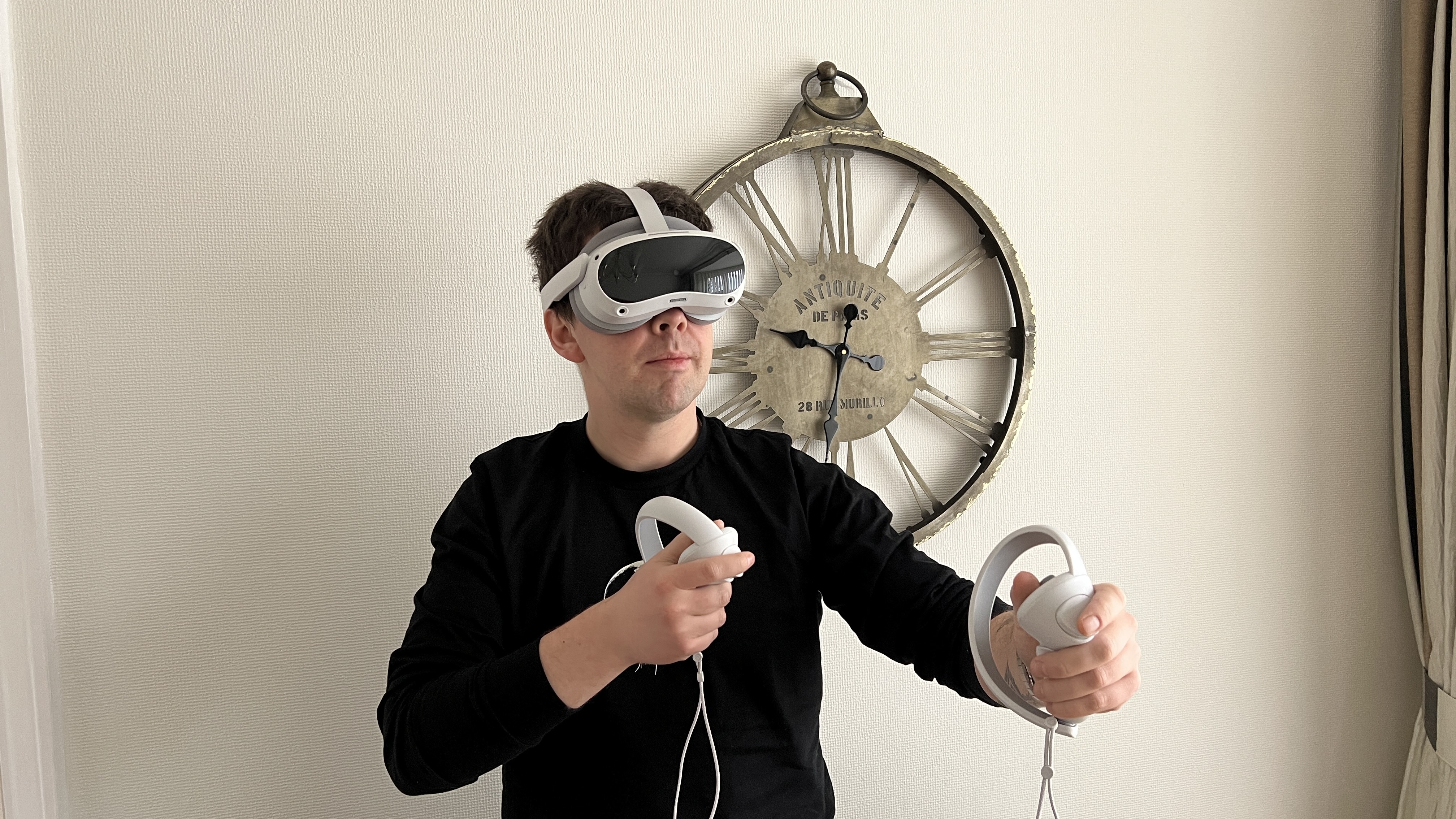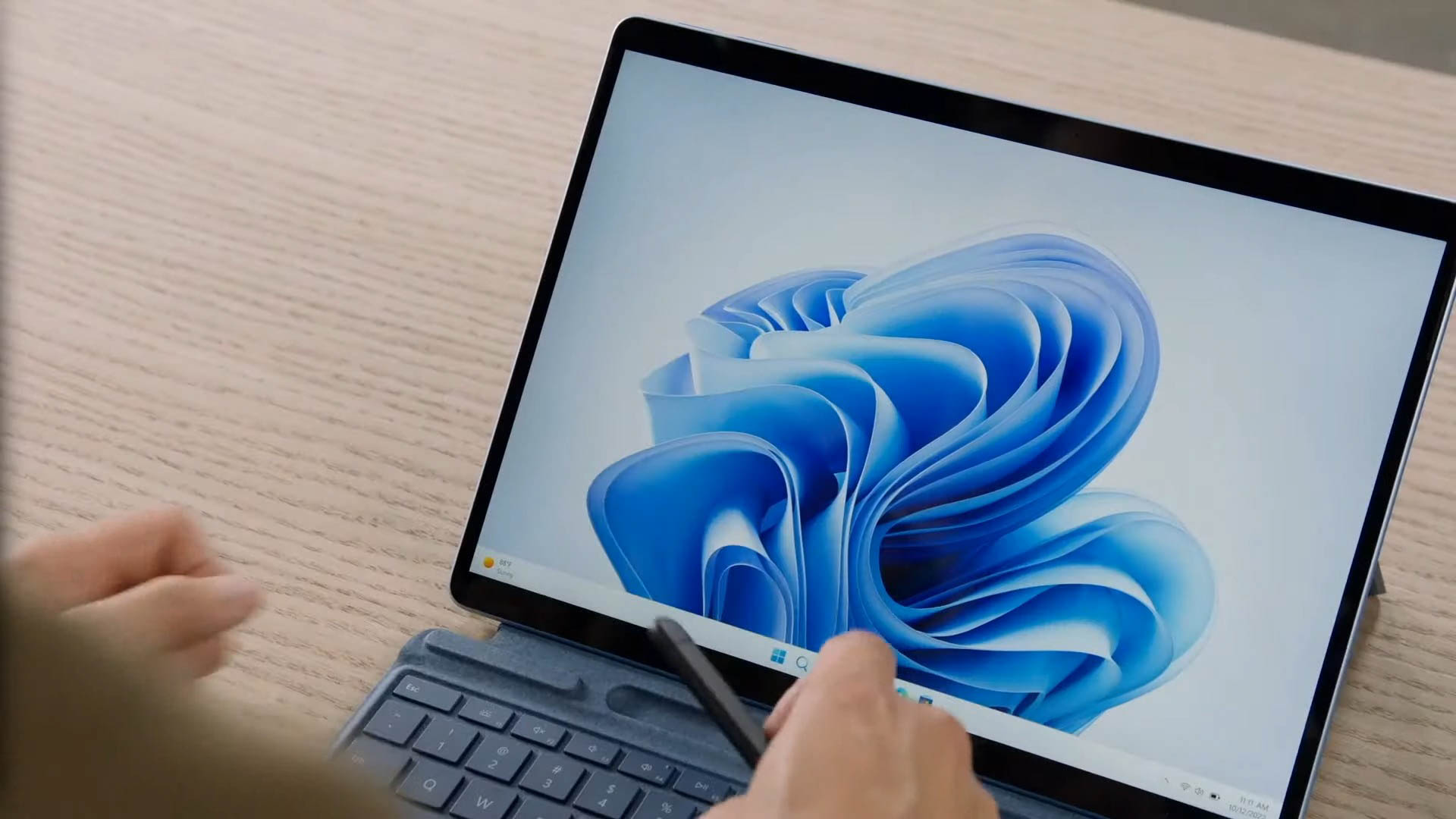Laptop Mag Verdict
The Pico 4 brings better specs than the Quest 2 at a cheaper price tag, which makes it a serious contender in the entry-level VR headset market. But without that core expansive library of VR titles and exclusives that Meta has, its value for money may be short lived.
Pros
- +
Lightweight, comfortable design
- +
Impressive visual fidelity and optics
- +
Easy to set up
- +
Cheaper than Meta Quest 2
- +
Sleek, ergonomic controllers
Cons
- -
Limited VR library
- -
Below average battery life
- -
Zero hand tracking
- -
No headphone jack
Why you can trust Laptop Mag
VR headsets are a lot more than just the hardware, and the Pico 4 VR proves this — for better and for worse.
Because on paper, this should be a slam dunk against its closest competition in the Meta Quest 2. It packs improved specs at a cheaper price, and feels more comfortable to wear. But does that make up for a limited app/game library and the lack of exclusives that Zuck has hoovered up through the sheer force of a metric ton of money?
To spoil the review slightly, the answer is “sort of,” but let me explain in a little more detail.
Pico 4 VR price & availability
The Pico 4 is available in the U.K and Europe, with a U.S. release looking highly unlikely (sorry about that). So let’s break down what you get for your money in my homeland currency. If you’re not sure where I’m from, my surname is a dead giveaway:
- £379 gets you 128GB of storage. That is £20 less than the equivalent Meta Quest 2.
- £449 doubles the storage to 256GB — 50 smackeroonies less than the Quest 2 with identical space.
So what is clear is that Pico is going for the classic undercut, but as you’ll see, that doesn’t mean a compromise in quality.
Pico 4 VR specs
Time to break down the specs. For context, I’ll put them against the Meta Quest 2, so you can see what extra you’re getting with the Pico 4, while paying less at the same time.
| Spec | Pico 4 | Meta Quest 2 |
|---|---|---|
| Dimensions | 6.4 x 12.2 inches | 8.8 x 17.7 inches |
| Weight | 10.4 ounces | 17.7 ounces |
| Resolution + refresh rate | 2160 x 2160 pixels per eye, up to 90Hz | 1832 x 1920 pixels per eye, up to 90Hz |
| Field of view | 105 degrees | 89 degrees |
| Processor | Qualcomm XR2 | Qualcomm XR2 |
| RAM + storage | 8GB + 128/256GB | 6GB + 128/256GB |
Pico 4 VR design & comfort
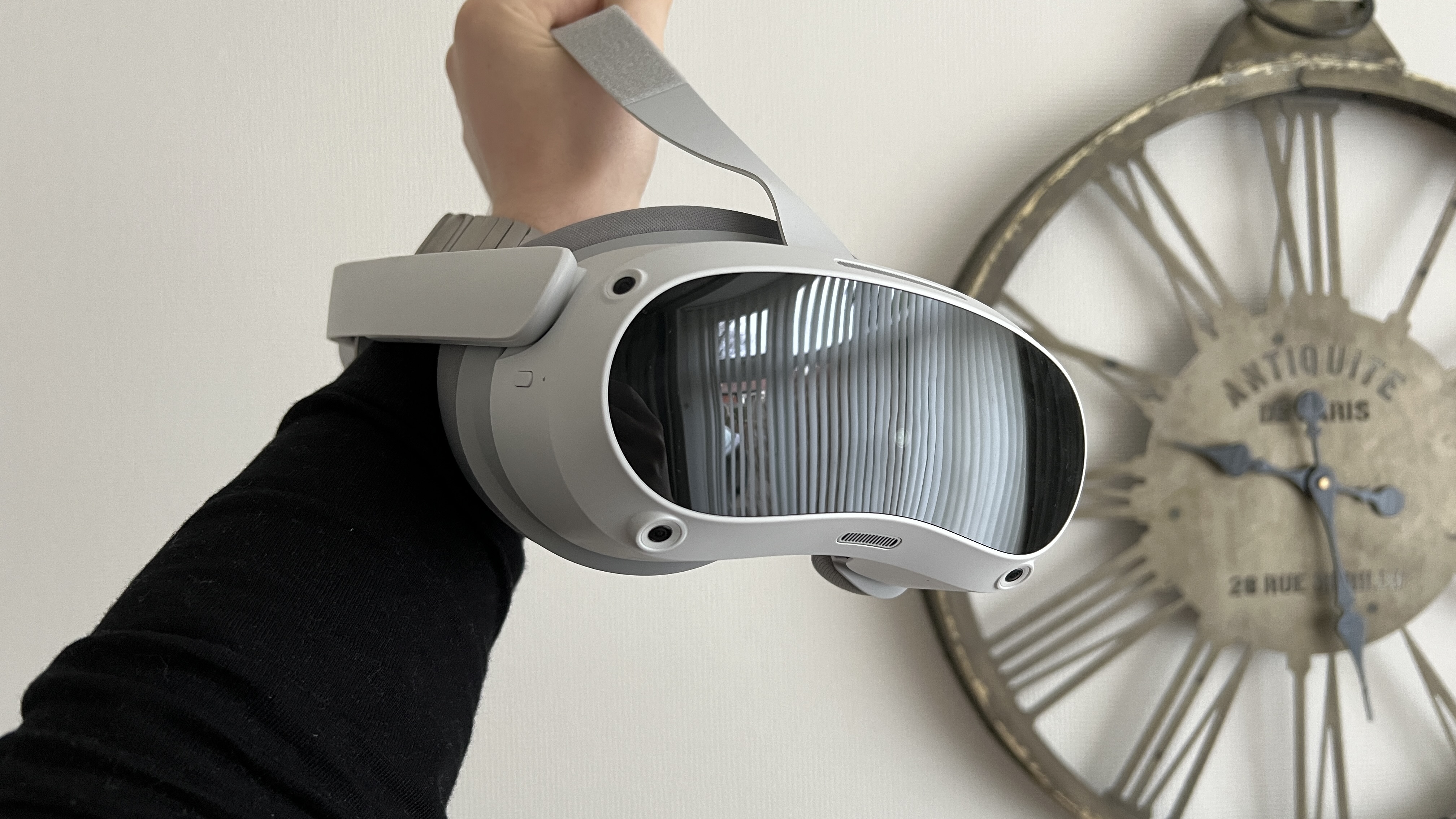
Let’s get the obvious things you want to know out the way, before we go in depth on what these are like to wear. Yes, it’s smaller and lighter than the Meta Quest 2. And yes, it’s a lot more comfortable to wear too.
The aesthetic is simple and friendly, with cushioning in all the right places and a good, even weight distribution to ensure a snug fit that doesn’t drag your head down in any direction. The all plastic construction does not feel cheap to the touch — sporting a textured matte finish.
So how did Pico manage to get the visor of the device, with all of its cameras, displays and lens construction so thin? The answer is pancake lenses, which are far flatter and take up a lot less space than the traditional lens layout of the Meta Quest 2.
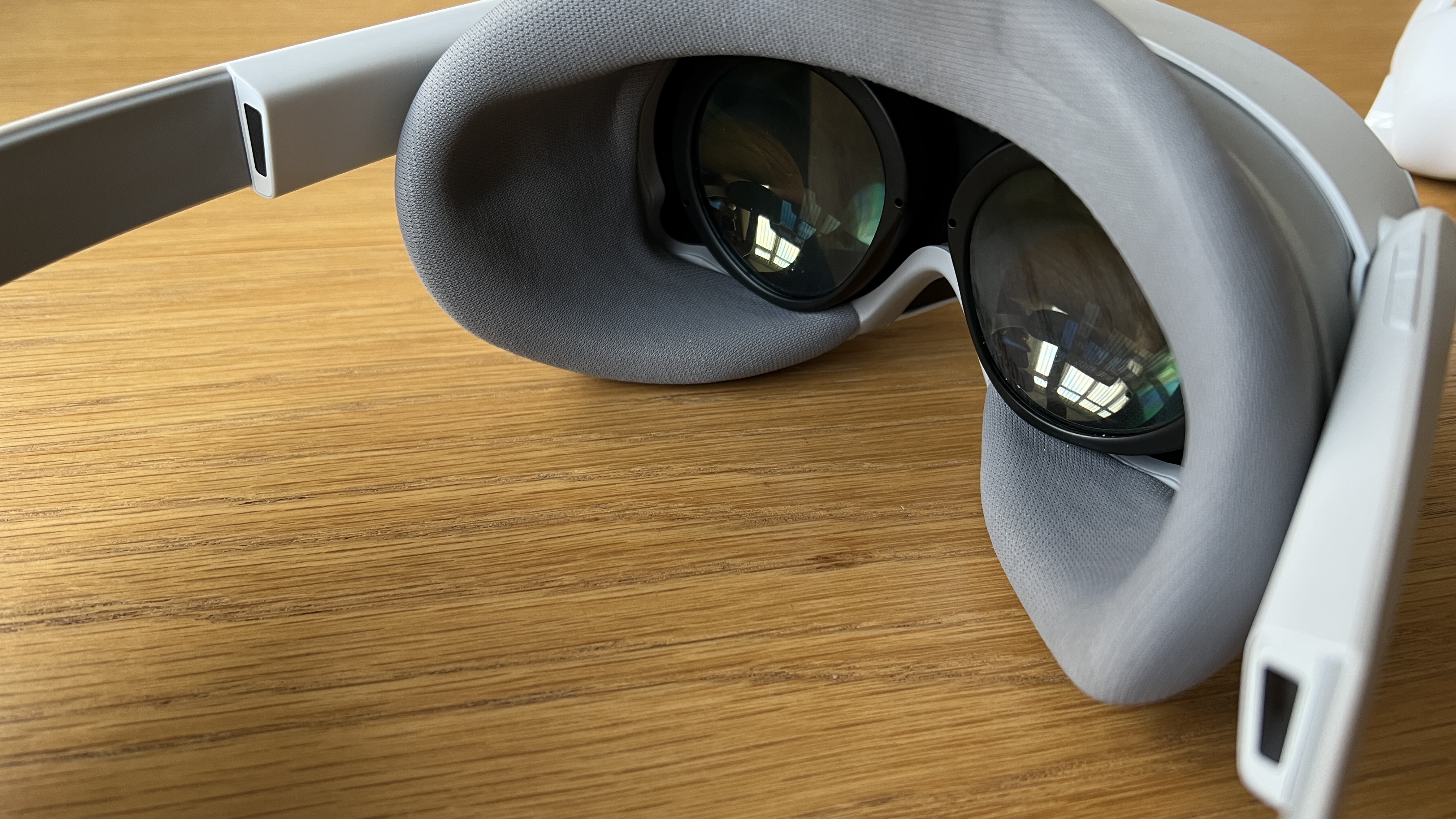
The end result is a small size and weight profile on your head, which doesn’t look overly daft on your head. One gripe though is the lack of a headphone jack. The speaker on it is fine, if a little tinny for any quick listening, but Bluetooth headphones always have a bit of noticeable lag to them.
Pico 4 VR controllers
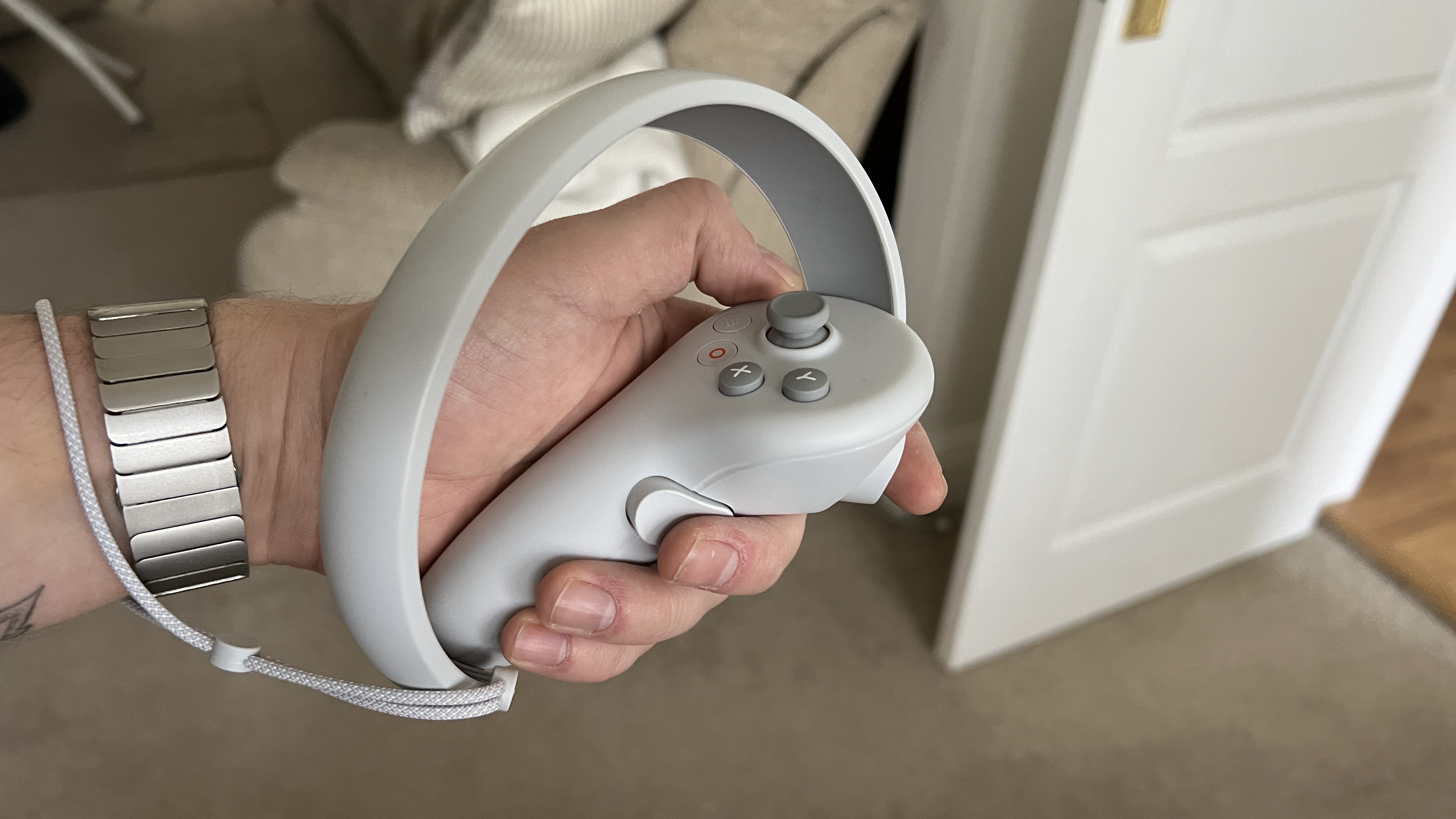
So first off, let me get the bad stuff out of the way. There is no hand tracking in Pico 4, so you will need to use the controllers. And rather than relying on USB-C charging like the headset, they use AA batteries. I would have preferred to be able to charge all three elements with the same cable.
However, with all of that out of the way, the controllers sport a similar, ergonomic design to the Meta Quest. The handhold areas are slightly longer, which is a welcome addition to those with bigger hands, and the buttons are in all the right places for your thumb and fingers to fall into naturally.
They are smartly placed to imitate natural hand grips and movements, such as picking up a gun and pulling the trigger. And in all the games I played, tracking never dropped our and maintained a high level of accuracy.
Pico 4 VR experience + gaming
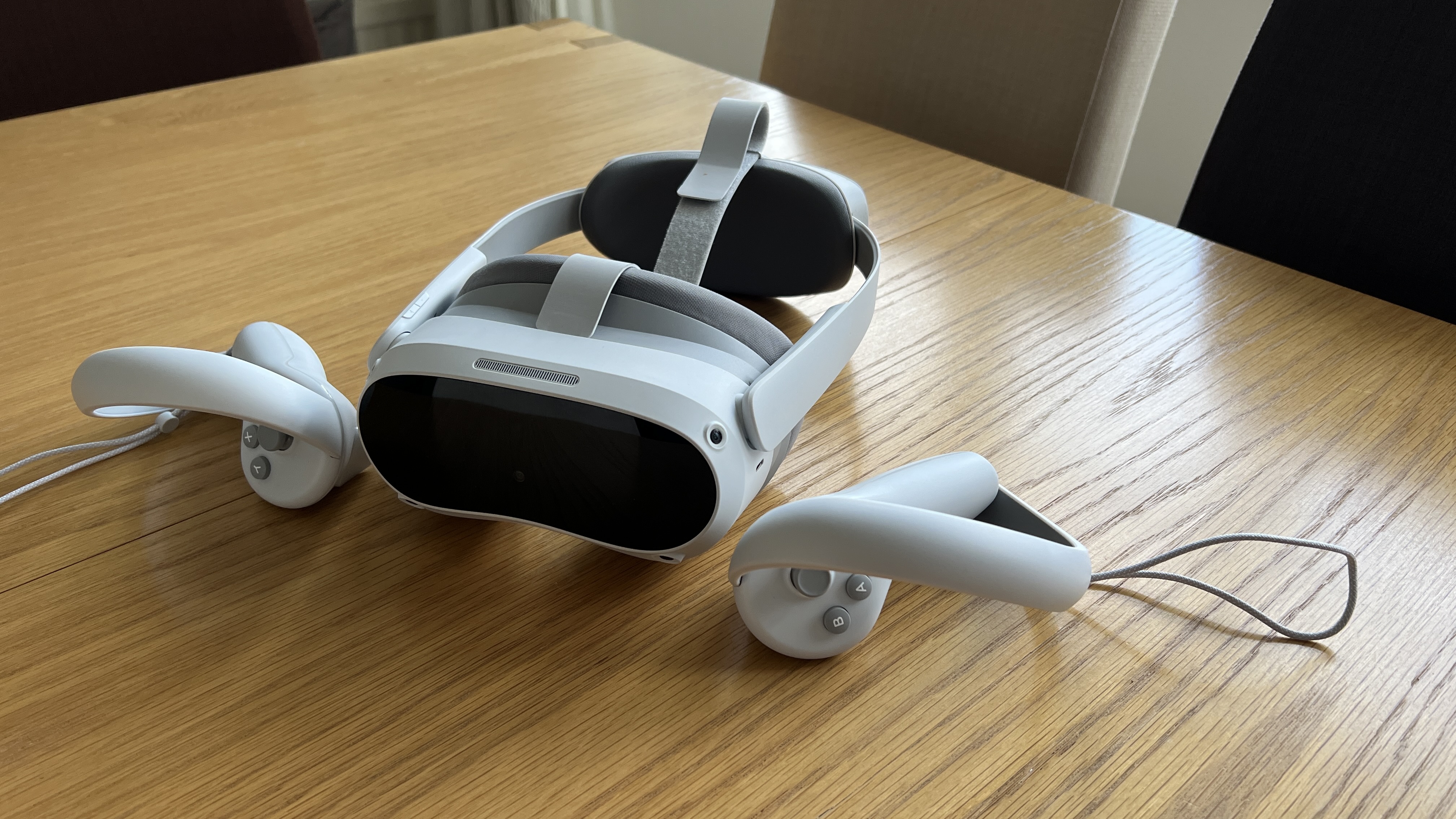
This is where things both sound good on paper, but go downhill slightly. Because you see, the gaming experience itself is a lot of fun, but the game library is lacking. Meta’s been shopping hard and the gaming landscape is pretty barren for anyone other than a Quest owner.
From the virtual living room, there’s a simple, intuitive interface to browse and access all your apps, games and content. But a trip into the Pico online game store will show you the big issue here. Sure, you’ll find some of the classics like Superhot VR, which are a ton of fun to play (especially with that higher resolution). But with no chance of getting the likes of Beat Saber, Among Us VR or Tetris Effect: Connected, all you can do is keep your fingers crossed that more good games come. And I’d rather not review this headset on a hope.
It’s unfortunate, because this is a great headset. Based on the games I played that are shared with the Meta library, gameplay on the Pico 4 looks better and plays better, thanks to the improved weight distribution and controllers. But thanks to Zuck’s very deep pockets, you’re going to be limited in what you can play.
Pico 4 VR battery life
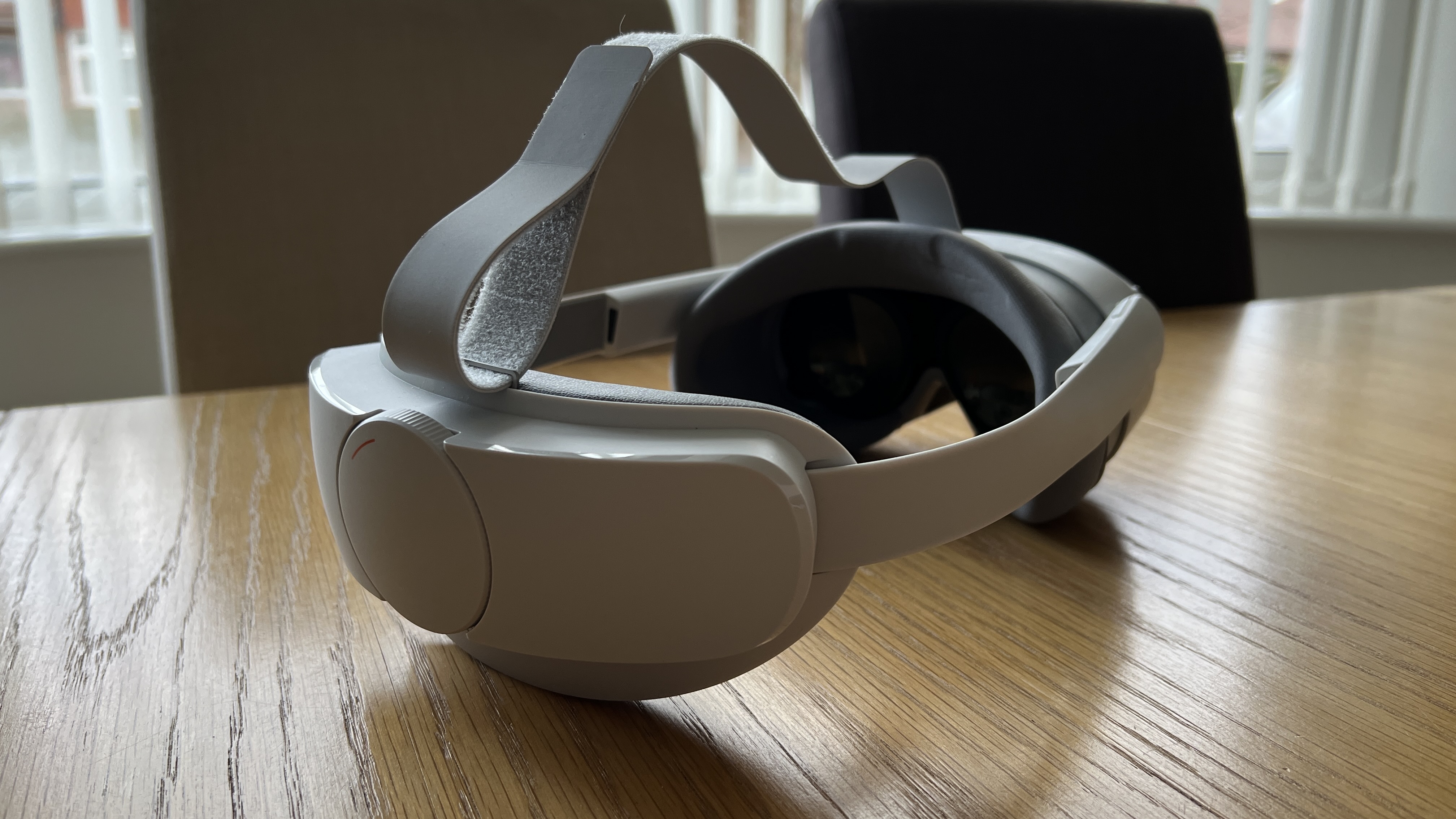
The Pico 4 comes packed with a 5,300 -mAh battery built into the set itself. No need to pop a battery pack in your pocket (looking at you, Apple Reality Pro). But while the battery in the Pico 4 is slightly larger than the Quest 2, that higher resolution and improved internals definitely sip the juice a lot faster than Meta’s headset.
So while Sherri managed to get around two hours of usage while gaming on the Quest 2, I only managed to achieve an hour and 45 minutes on a single charge. While this isn’t a massive dealbreaker, thanks to 20W fast charging getting you back into the game with a full battery in just over an hour, it’s still below average — to the point that you are feeling a little worried when you’re deep in a gaming session.
Bottom Line
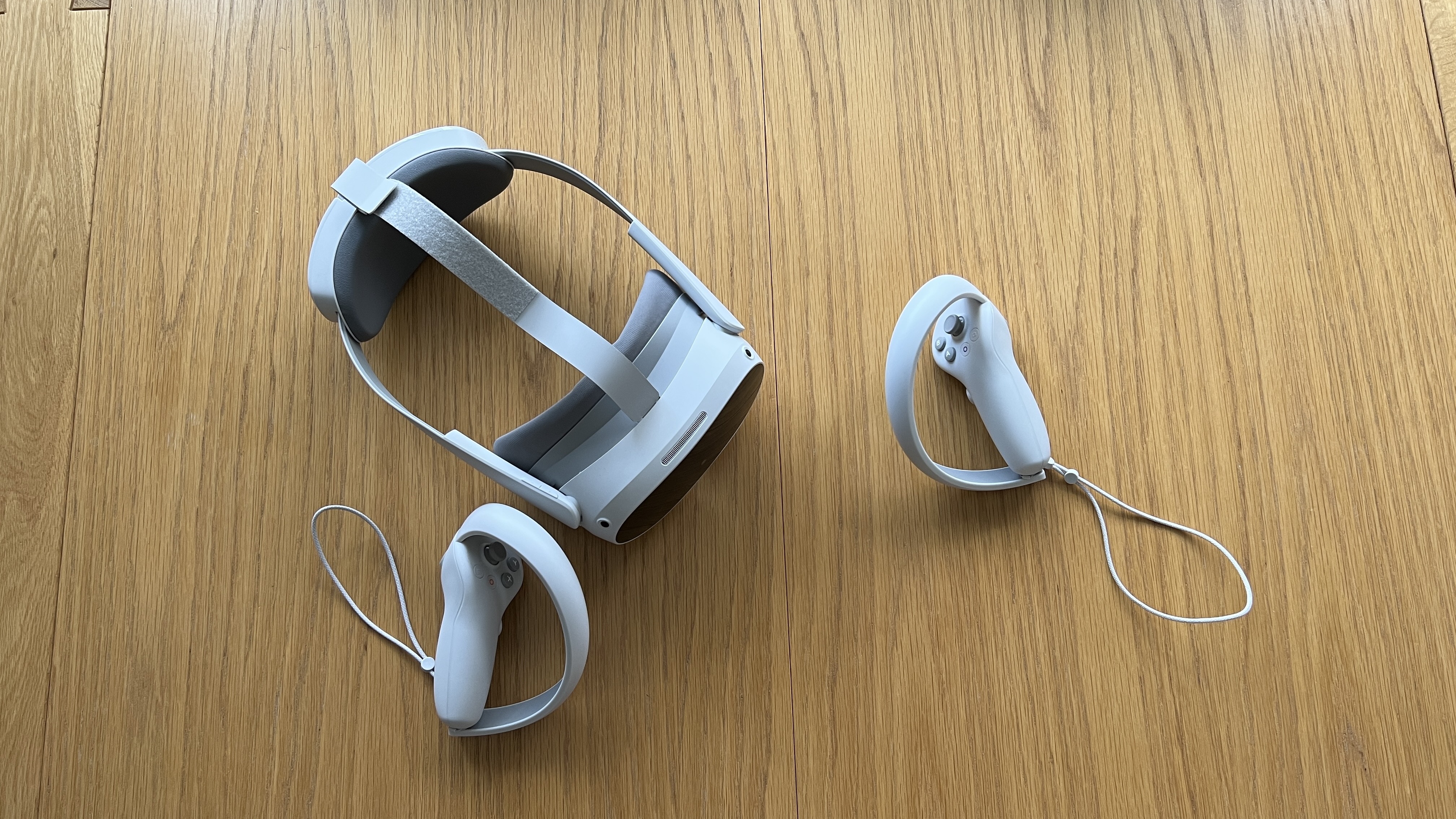
Playing with the Pico 4 VR reminded me a lot of the console wars between the Xbox 360 and the PlayStation 3. The latter was more powerful, but nobody cared because there wasn’t much to play on it.
Of course, this example isn’t the perfect analogy (e.g. the PS3 was more expensive), but Pico is facing this same risk of relevancy due to a limited app/game library. It may be cheaper and more powerful, but with none of the exclusives people have heard of, what’s the point?
I know this is a brutal way of looking at the headset. After all, the Pico 4 is more advanced, is more comfortable to wear, and you’ll find a handful of good games and apps for it. But value for money comes from a clear roadmap of exclusives and upcoming games, which Meta has in spades but Pico just doesn’t.
If that is a bet you’re willing to make, you’ll love the Pico 4 VR headset. But it’s something you should factor into your purchase decision.

Jason brought a decade of tech and gaming journalism experience to his role as a writer at Laptop Mag, and he is now the Managing Editor of Computing at Tom's Guide. He takes a particular interest in writing articles and creating videos about laptops, headphones and games. He has previously written for Kotaku, Stuff and BBC Science Focus. In his spare time, you'll find Jason looking for good dogs to pet or thinking about eating pizza if he isn't already.
